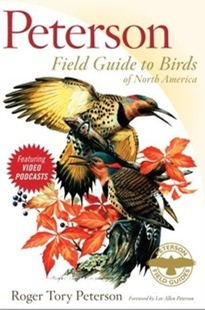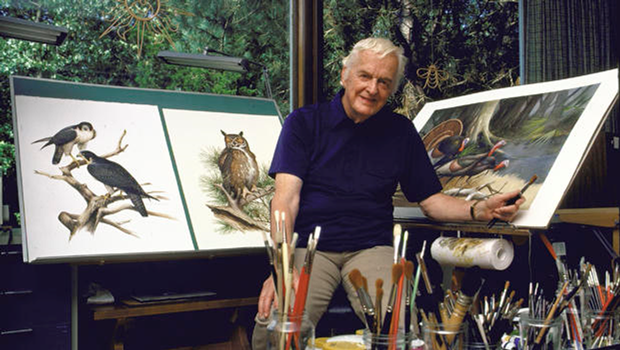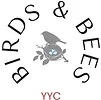
One fine April morning in 1919, an 11-year-old boy name Roger Tory Peterson was exploring a natural area in Jamestown, New York. He happened along what appeared to be a clump of dead feathers stuck to the side of a tree, and investigated.
Poking the inert tuft with a finger, the object sprang to life and burst into flight, revealing underwings the colour of molten gold.
Peterson’s inaugural experience with a woodpecker called the Northern flicker would shape his life. He was instantly smitten with birds and would become a renowned artist, writer and conservation tour de force.
His “A Field Guide to the Birds” appeared in 1934 with numerous subsequent editions. The Peterson bird guides became a series of books covering numerous branches of natural history and influenced the careers of scores of naturalists and scientists.
Perhaps no one has done more to promote birds and natural history than Peterson…and the Flicker was his inspiration.
A beautiful, conspicuous and charismatic bird, the Northern flicker has been branded with scores of colloquial names. Frontier ornithologist John James Audubon dubbed it the golden-winged woodpecker. Gary Melter in his book “Bird is the Word” notes that Flickers have at least 160 nicknames including cotton-rump, high hole and yellow hammer.




